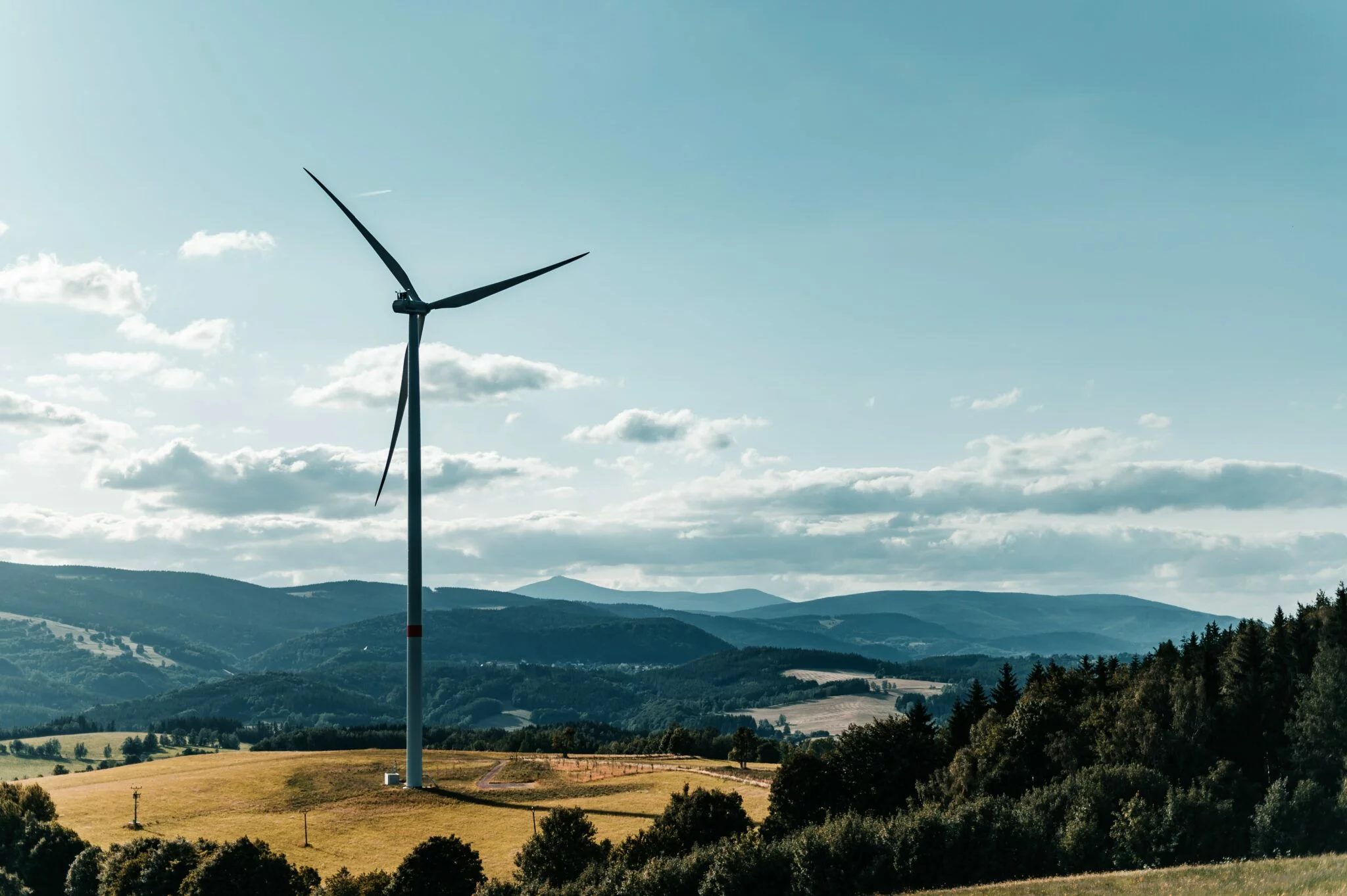The COVID-19 pandemic has ushered in a new wave of green stimulus policies to both tackle climate change and rebuild the global economy.
In 2008 after the global recession, governments around the world launched major economic packages to reboot their economies.
A new research paper from the World Resources Institute shows that there are many lessons we can learn.
Governments are in uncharted territory as they respond to the economic impacts of the coronavirus pandemic — but that doesn’t mean they can’t learn from the past.
The most recent comparison is the global financial crisis that began in 2007. It was a smaller economic downturn than what we are experiencing today and the world didn’t simultaneously face a pandemic, but at the time, the recession was the worst since the Great Depression. By 2008 and 2009, governments around the world had launched major economic stimulus packages to reboot their economies.
There are important lessons that emerged, especially from the forward-thinking governments that included sustainability projects as part of their economic stimulus packages. A new WRI paper investigates what worked and what didn’t.
Green stimulus spending: Great Recession vs. coronavirus recession
After the 2007-09 financial crisis, governments announced about $520 billion for green measures like railways, energy efficiency, grid modernisation, renewable energy, and water and waste management. Based on our analysis of 10 major economies, the amount announced for green stimulus spending in response to the coronavirus recession is at a similar level, though the leading countries are different.
In 2008 and 2009, China, the United States, South Korea and Japan spent the most on green stimulus, but all of them have pledged less in response to COVID-19 to date. Meanwhile, economies like the European Union, Germany and France are planning to spend far more on green stimulus now than they did 12 years ago.
If the EU meets its targets for climate spending in its Next Generation EU economic stimulus package, which is currently being finalised, it will amount to more than $265 billion, the largest green stimulus investment in history.
Continue reading further on the World Economic Forum website.






